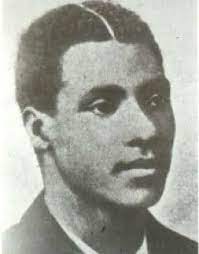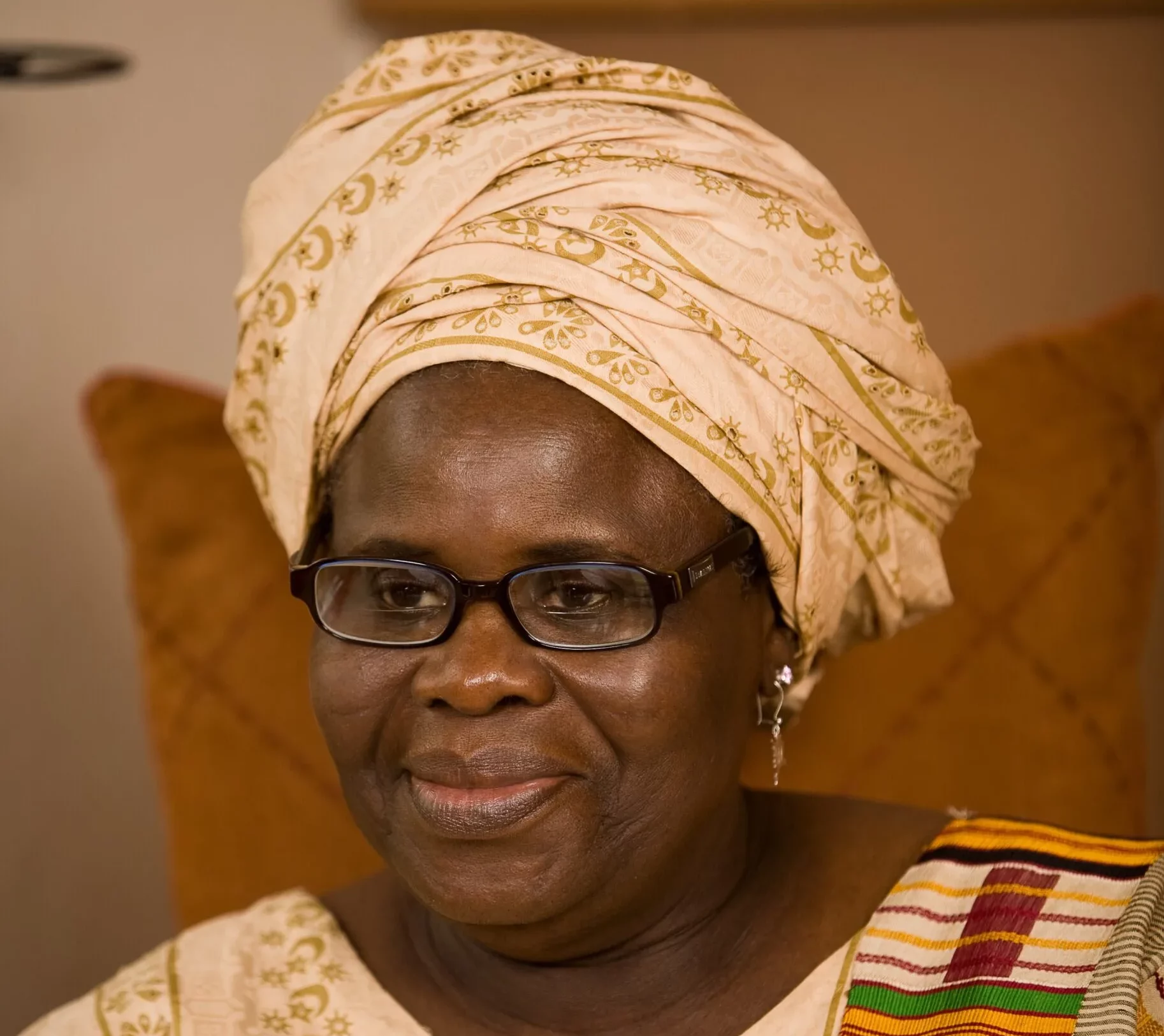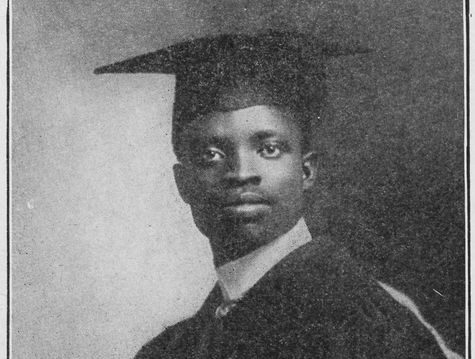
George Ekem Ferguson: Civil Servant Extraordinary, “Moses of West Africa”
George Ekem Ferguson (14 July 1864 – 7 April 1897), also known as Ekow Atta, was a Fante civil servant, surveyor and cartographer who worked in the British colony of the Gold Coast (modern Ghana). He was born on 14 July 1864 at Anomabu, and a Fanti of the Anona Clan. He was affectionately called “Junior Jesus” because he lived for just 33 years but achieved a lot. He was the first cartographer in the Gold Coast, now Ghana.
Biography
His father was Robert Archibald Ferguson, who worked for the trading company F. & A. Swanzy in Winneba, while his grandfather, Samuel Ferguson, worked as a physician. He had a twin brother, who died in infancy, and five sisters. Ferguson was born into an upper-class family whose lifestyle, like those of their peers, was strongly influenced by British customs.
Ferguson was educated from an early age, attending primary school in the Cape Coast. He proceeded to enter the Wesleyan Boys High School, located at Freetown, in 1876. The secondary school was founded by the Krio May family under the auspices of the Methodist Society on 6 April 1874. Ferguson’s studies there included mathematics, geography, British and ancient history, classics, French, photography, and religious education.
He left school in 1881, and, considering becoming a Methodist minister, returned to Cape Coast, where he worked as a teacher at the Wesleyan Boy’s High School. Later in the year, he joined the Colonial Service and received a position at the Governor’s office. In November 1882, he was appointed as Clerk to the Queen’s Advocate, with a salary of £60. By 1886 he had returned to the Governor’s office, as a Junior Clerk, and by 1889 he had been promoted to Second Clerk, with a salary of £120. During this period, he travelled with the Governor on visits to Prasu (1881), to Lagos (1881, 1882, 1884), to Keta, Ada, Krobo and Akwapim (1882) and to Wassa and Nzima (1888). Ferguson was invaluable to the colonial authorities in the arbitration of tribal disputes, such as that between the Krobo and Akwamu in 1886, because he could speak Fanti and Ga, allowing him to communicate with the vast majority of the southern inhabitants of the colony. He also produced a map of the colony and conducted a survey of the water supply of Accra during this period as part of his official duties.
After eight years service as a junior civil servant, Ferguson applied to study one-year course at the Royal College of Science, London. He was given paid leave by the colonial authorities, who encouraged his educational ambitions. In London, he studied mining, geology, surveying, mathematics and astronomy; performing well in his June exams, he received a First Class diploma. In September 1890, he returned to the Gold Coast. On October 21 of the same year, the Governor asked Ferguson to travel from Accra to Atebubu, in order to prospect for precious stones, as well as producing a report on the quality of the roads and the status of local trade. Upon reaching Atebubu, Ferguson negotiated a treaty with the local chiefs, who feared aggression from the Ashanti Empire, which they had seceded from in 1875. (Ahrin 1985, pp. 7–8) His report from the expedition was published and may have influenced Albert Ernest Kitson to search for diamonds in the region in 1919. (Ahrin 1974, pp. 26–7)
Ferguson was appointed as a Supernumerary Foreman of Works in 1891. In the same year he was ordered to survey the River Volta and Keta lagoon. The colonial authorities were interested in the possibility of filling the lagoon from the river during the dry season, to prevent the lagoon becoming unnavigable. (Thomas 1972, pp. 181–215) Ferguson also worked on a proposed light railway to transport gold from Ancobra to the port of Axim.
The border between Gold Coast and the German colony of Togoland had been fixed in 1887, temporarily creating a neutral zone which contained important towns such as Salaga and Bimbila. In 1890, the Heligoland–Zanzibar Treaty resulted in a redemarcation, and in 1892 Ferguson assisted two British District Commissioners in surveying the new border. The maps produced by the British were significantly better than those by their German counterparts, mainly due to Ferguson’s involvement in the project.
He took additional responsibilities as Inspector of Trade Roads from October 1893.
Ferguson was killed near Wa by a slave raider and Mande warlord known by the name Samori in 1897. His mortal remains were buried in Wa (in the Upper West Region of Ghana), a graveyard that is now called the George Ekem Ferguson graveyard. The people of Wa chose to keep his body and bury it because to them “HE WAS THEIR HERO”. His graveyard is a heritage site managed by the Ghana Museums & Monuments Board.
Achievements & Landmarks
This great Gold Coast public man who gained the appellation of the Moses of West Africa before he passed out of the strife of West African politics, for he lived for West Africa.
History contains records of many famous men, who though endowed with amazing abilities and distinguished by noble deeds, have yet failed through lack of that quality which the Romans called gravitas , and which Englishmen call character , and the Fantis call suban. Lack of character or suban very often prohibited the success which extraordinary abilities and opportunities seemed to guarantee. The career of George Ferguson illustrates remarkably the power of personal virtue because he was the very synonym of integrity; but let me here remark that the attempt on the part of some people to separate private behaviour from public action, as if the two had no connexion, can hardly be justified. There is no gainsaying the fact that there is connexion between what a man is in private and what he is in public, for, the self is one and indivisible.
We must face situations in public or in private where we have to choose between two roads, one hard, one easy. Then again we have to take risks. Such was the life of George Ferguson in the course of his duties as a Political Agent concluding treaties with Chiefs and their people on behalf of the Government. He will live in the history of the Northern Territories of the Gold Coast as the liberator of that territory from French influence, and he thereby changed the course of history of that territory. The whole of that Territory was gained for the Gold Coast Government (now Ghana) through the administrative genius of George Ferguson.
There was no national educational system and no University College of the Gold Coast. There were no workmen’s compensation, no trade unions or Whitley Council, no serious local self-government, no public health services of any kind. Newspapers were few, and only weekly ones. The standard of living was at best one tenth of what it is to-day. Maternity and child welfare were unknown In truth there has been a great change, but it was a change which came piece by piece as a response made by the British Government to the demands of the Chiefs and people of the Gold Coast. The nineties of the last century which saw Ferguson’s brilliant performances and also his lamentable death have been described as the Golden Age of the Gold Coast. It was the period that saw the introduction of cocoa into the Gold Coast, which has been a great bulwark of financial stability to the country. It also saw great activities in mining operations and the establishment of the Bank of British West Africa. Farming and agriculture grew increasingly prosperous. Then last but not least, the period also produced incorruptible political leaders, such as Mensah Sarbah, Jacob Sey, King Ghartey IV of Winneba, J. P. Brown, Attoh Ahuma, Casely-Hayford, Kofi and Egyir Asaam, Hutton-Mills.
Having had a course of instruction in astronomical observation and map-making at the Royal Geographical Society, he compiled for the Government a map of the divisions of the Colony, in 1884. Thereafter most of his time was spent in travelling about the interior, then almost unknown to Europeans and to the peoples of the Coastal district. He thus acquired an unrivalled knowledge of the geography, peoples and politics of the hinterland. The route maps which he made of his journeyings were recognized by the highest British authorities as valuable contributions to geographical knowledge for their accuracy; they were used by the War Office for the compilation of the first reliable maps of the Gold Coast behind the well-known coastline, the Tarkwa mining district, and the often-traversed road between Cape Coast and Kumasi.
He played a pivotal role in the colonial administration of the Gold Coast. As a civil servant, surveyor, and cartographer, Ferguson made significant contributions to infrastructure development, arbitration of tribal disputes, and the accurate mapping of the region.
The regions, districts and general demarcation and creation of the map of Ghana and its boundaries were all the work of Ekow Atta Ferguson. The Germans had maps of their territories in bordering Ghana to the east and it was Ekem Ferguson’s work that brought out the errors of the German cartographers. Ekow Atta accurately mapped the territory.
Through Ekem Ferguson, governor Gordon Guggisberg launched the first ever 10-year development plan for the Gold Coast which brought about projects such as the Korle-bu Teaching Hospital and other infrastructural projects.
He successfully explored the entire country as a scientist (geological scientist and cartographer) and mapped the areas for key development projects, especially railway projects.
He was the ONLY BLACK to have fought against the slave trade. After the abolition of the slave trade, slavery still existed in the Northern parts of the country and Ekow Atta fought against these slaving factions. Samori, the notorious slave raider through such altercations, killed Ferguson. Ekow Atta was so revered in the North that; the Chiefs and Lords there in appreciation of the works of Ekow Atta didn’t return his body to the coast but decided to bury him in WA as their hero because of the peace treaties he brokered and his fight against slavery and injustice.

Ekem Ferguson’s Monument in Anomabu Heroes Garden
References
Roger G. Thomas. GEORGE EKEM FERGUSON: CIVIL SERVANT EXTRAORDINARY,
Source: Transactions of the Historical Society of Ghana , DECEMBER 1972, Vol. 13, No. 2 (DECEMBER 1972), pp. 181-215 Published by: Historical Society of Ghana
G.E. Ferguson. (2024, July 31). In Wikipedia. https://en.wikipedia.org/wiki/G._E._Ferguson


